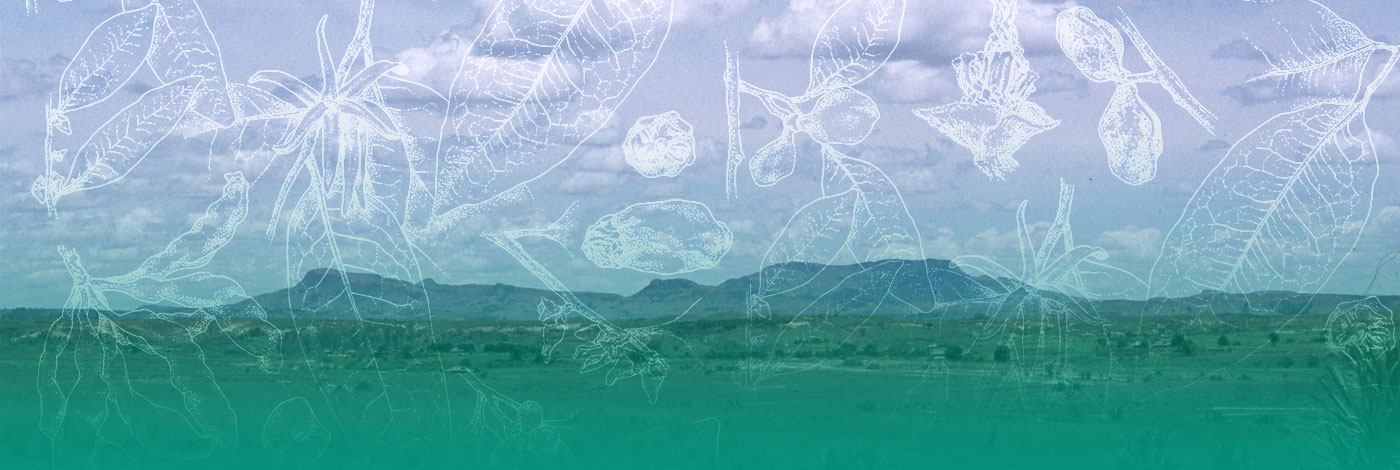
 Adansonia
21 (1) - Pages 25-40
Adansonia
21 (1) - Pages 25-40Based on a characteristic floral presentation and sightings of sunbirds on many flowers with similar morphology, 64 species of Iridaceae in eight genera, Babiana, Chasmanthe, Crocosmia, Gladiolus, Tritoniopsis, Watsonia (subfamily Ixioideae), Klattia, and Witsenia (Nivenioideae), are inferred to be pollinated by five sunbird species (Nectarinia: Nectarinidae) in southern Africa. In Ixioideae bird flowers are typified primarily by red to orange colors, gullet or flag forms with elongate floral tubes mostly 30 to 60 mm in length, and exserted unilateral stamens. In Nivenioideae flowers are tubular (Witsenia) with included stamens and green and yellow in color, or a headlike inflorescence of small, actinomorphic flowers is tightly enclosed in large, leafy bracts that form a nectar reservoir. All bird pollinated species secrete fairly large quantities of nectar, but its volume, the concentration of dissolved sugars and the sucrose to hexose ratio vary both between and within genera. Elsewhere in the family bird pollination is infered for several species of Gladiolus in tropical Africa and Arabia and in four species of Tigridia (Iridoideae) in Mexico-Central America. Sucrose-rich to sucrose-dominant nectar is characteristic of flowers of subfamily Ixioideae but a few bird-pollinated Ixioideae have hexose-dominant nectar, the only type of nectar in Nivenioideae. It is argued that bird pollination predominates Ixioid taxa because this is the largest subfamily and the ancestral condition is a flower with a perianth tube and bilabiate, zygomorphic perianth which preadapts them for pollen dispersal by specialized passerines.
pollination, sunbirds, Iridaceae, adaptive radiation